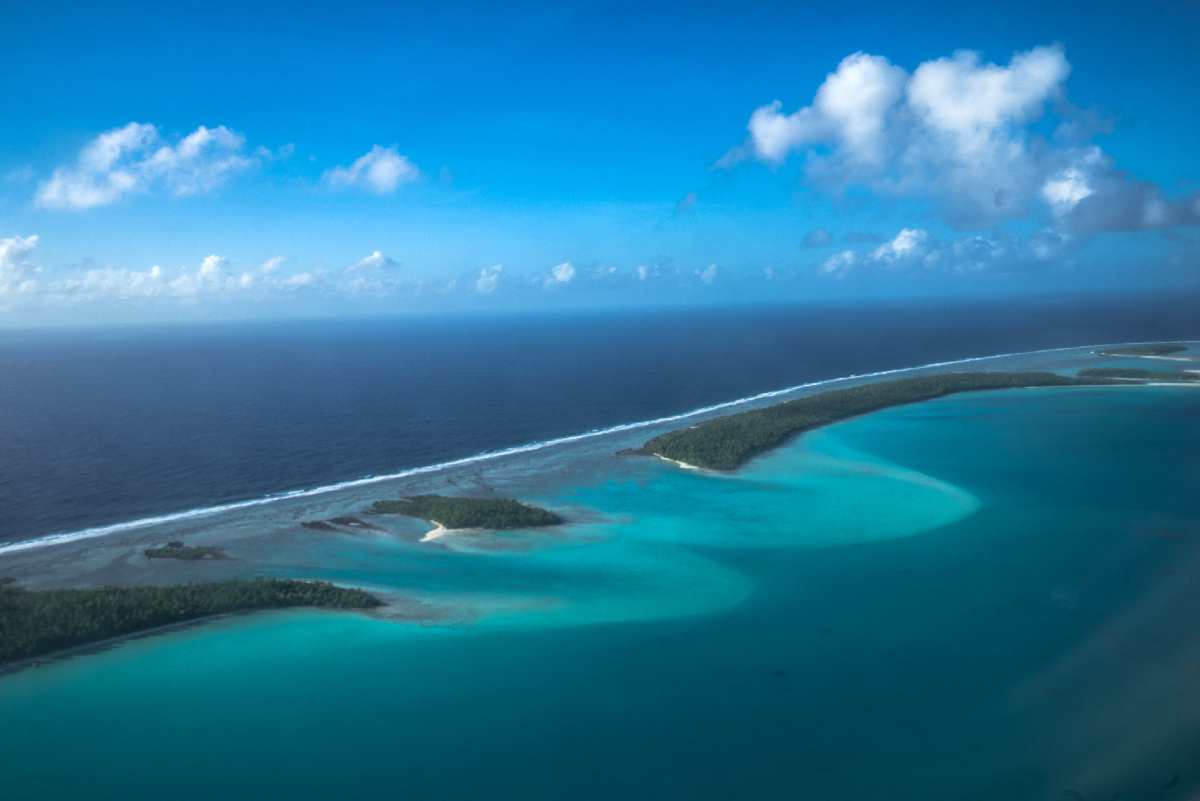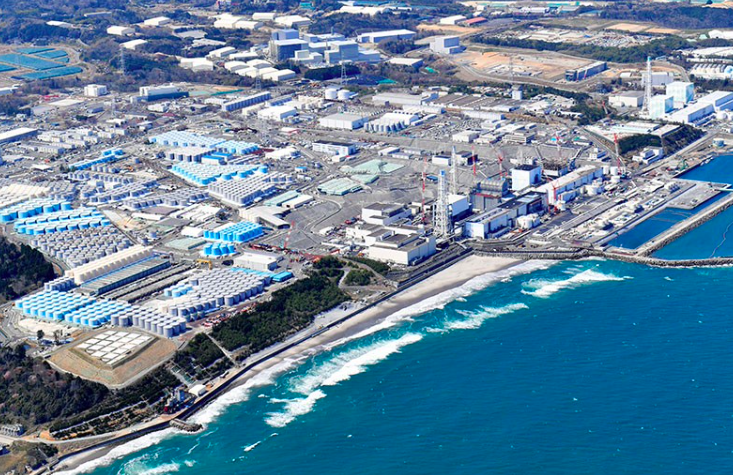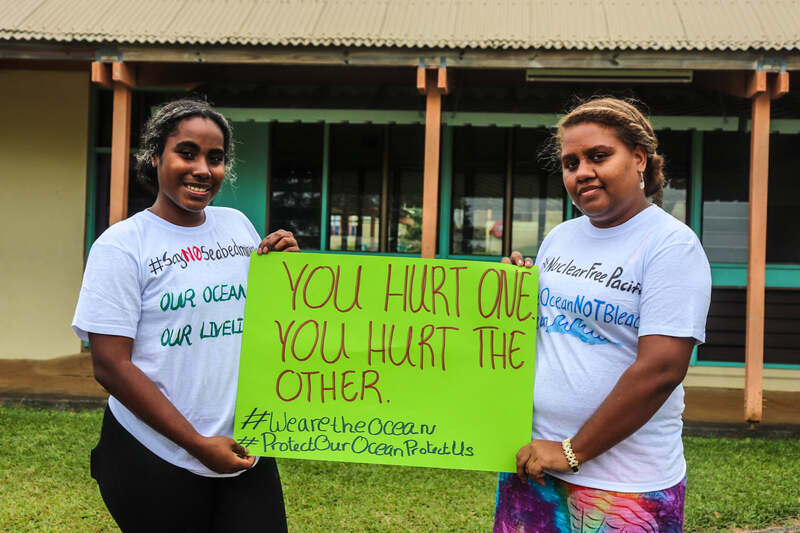Solid waste challenges in the Pacific must be addressed at the island, regional, and ocean level.
Pacific island nations are becoming overwhelmed by solid waste. A range of materials including used packaging, plastics, batteries, e-waste, and abandoned vehicles are accumulating on the islands and polluting the surrounding ocean.
Major driving factors include growing volumes of waste and unique barriers to collecting, recycling, and disposing of it.
Growing volumes of waste are largely due to globalisation, changing lifestyles, and urbanization. Most Pacific islands are heavily reliant on imported goods, which creates a one-way flow of materials into the small countries. In addition, the Pacific island nations are extremely vulnerable to severe weather events and the impacts of climate change, which can generate large volumes of waste, such as fallen trees and debris following cyclones.
The pandemic has further exacerbated solid waste challenges. Heightened concern for hygiene has led to a large increase in medical waste and the prevalence of single-use plastics, such as personal protective equipment, face masks, and individual food packaging.
As solid waste volumes continue to grow, Pacific island nations are struggling to manage it. Limited capacity to dispose of solid waste is linked to geographical isolation, limited available land for waste management facilities, high costs of providing collection and disposal services to small and dispersed populations, and small economies of scale.
Overcoming these challenges requires addressing solid waste management at the local, regional, and ocean levels.
Local solutions should focus on reducing the volume of solid waste, increasing collection service, and strengthening disposal systems.
With respect to reducing the amount of solid waste, community leaders can target public behavior change with a focus on the “reduce, reuse, recycle”, or the “3Rs”, principle. Building this ideology into communities, and especially into the younger generation, can significantly reduce waste.
Disposal methods also need change. Many Pacific countries have basic solid waste collection systems and landfills. However, the lack of suitable space for landfills, and limited soil to cover them up (especially on atolls), often leads to overloaded landfills and open dumping—piled-up garbage is often washed directly into the ocean or rivers.
To extend the lifespan of existing landfills, the volume of collected waste needs to be reduced. Carefully monitored and regulated incineration provides an effective and efficient means to manage hazardous medical waste during the pandemic, and may become increasingly important as land constraints affect island waste disposal. Integrated solid waste management at the local level is key to reducing waste entering oceans and building up recycling capacity to feed into regional efforts.
The pandemic has further exacerbated solid waste challenges.
Stakeholders should consider two complementary approaches at the regional level—establishing a network to support financially efficient waste recovery and recycling, and aligning policies where feasible.
Many of the Pacific island countries have adopted policy mechanisms to finance improved waste management and to equitably distribute costs. Examples include advanced disposal fees, environmental taxes, and user-pays or pay-as-you-go fees.
This feature was produced by Jingmin Huang (Director of the Asian Development Bank’s Pacific Department), published at ADB on 26 November 2021, reposted via PACNEWS.




